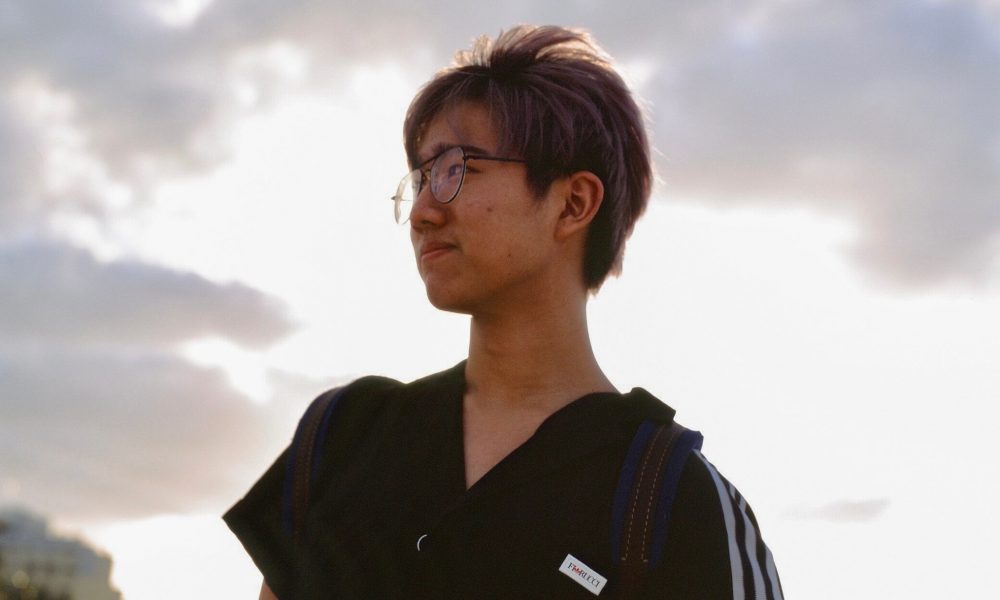

Today we’d like to introduce you to Simon Cai.
Hi Simon, thanks for sharing your story with us. To start, maybe you can tell our readers some of your backstory.
I view my path to cinematography as a continuous exploration in the dazzling world of art. Growing up in a musical family in Shanghai, the early contact of classical music and instruments cultivated my curiosity for other art forms. I embarked on my visual journey when I, at five, first pressed the shutter of a Nikon film camera. With a background of music and photography, the way floating notes and melodies forming into phrases and movements with legato and staccato inspired me to make visual arts that can flow like music; and rather than only capturing moments, I started my endeavor of creating moments that are able to last and resonate with my audience. Those experiences eventually encouraged me to pursue a filmmaking major, first in Boston and in LA.
During college, I acquainted the fundamental knowledge of filmmaking and dived deep into film history, art history, literature and architecture. I can still remember the time when I first watched A Brighter Summer Day, a Taiwanese New Wave film by Edward Yang. It immersed me in character living in a different society and time by guiding my perspective and emotions with simple yet intense images. This inspired me to find my own style in future cinematography practice.
Now I’m working as a freelance cinematographer based in LA. It’s always wonderful and touching to look back to where I started and keep my genuine passion on every production. I would like to discover and tell stories with diverse backgrounds because I believe that visual storytelling transcends language and culture barriers and delivers the most authentic emotions.
I’m sure you wouldn’t say it’s been obstacle free, but so far would you say the journey have been a fairly smooth road?
It’s never a smooth road to pursue one’s own dream. One of my biggest challenges I faced was during the pandemic in 2020 when the productions ceased, and the communication and creative exchange between filmmakers became more difficult. At the same time, I yearned for a more industrialized filmmaking atmosphere and found out I would like to be a cinematographer.
Therefore, I moved to LA to continue my pursuit of film major and start to work on professional film sets. It wasn’t easy at first because I was always the youngest person around and it takes tons of experience to support the team smoothly. Despite the challenging situation, I chose to volunteer on productions as Camera PA and Camera Assistant before finally working in the industry. During the process, I got to know a lot of talented fellow cinematographers who have supported and inspired me till today which I’m extremely thankful for.
Thanks – so what else should our readers know about your work and what you’re currently focused on?
I’ve dedicated myself to creating cinematography for stories with a deep cultural background and societal significance, especially topics regarding of Asian Americans, Chinese Americans, and LGBTQ+ community. I also love to convey the subtlety of unique and profound relationship between people and souls. My works and visual style are influenced by a various of filmmakers, including, Edward Yang, Kore-eda Hirokazu, Christopher Doyle, Ed Lachman and Roger Deakins. I’m also an Associate Member of the Society of Camera Operators.
We’d love to hear about how you think about risk taking?
There are many kinds of risk taking. I love taking creative and artistic risks while working on the cinematography for topics that challenge me to come out of my comfort zones. Recently, I shot a short film unfolding the emotional power of grandpa’s testament from the perspective of a Chinese-American boy. Rather than utilizing the visual language full of movement and mobility as always, I retained the stillness of frames and depicted peaceful yet sorrowful moments from one perspective at a time. It expands the possibilities for storytelling by making the audience focus on the core of plots and emotions rather than fancy and excessive camera work. It’s great to become flexible in cinematography in order to create the visual language that suits the best for the story. Also, I can always feel my growth while sinking myself into the inner world and intense psychology of characters. However, it’s really important that the premises of risk taking are sufficient preparation and safety measures.
Contact Info:
- Website: https://www.simoncaidp.com/
- Instagram: https://www.instagram.com/simon_caiyimeng/
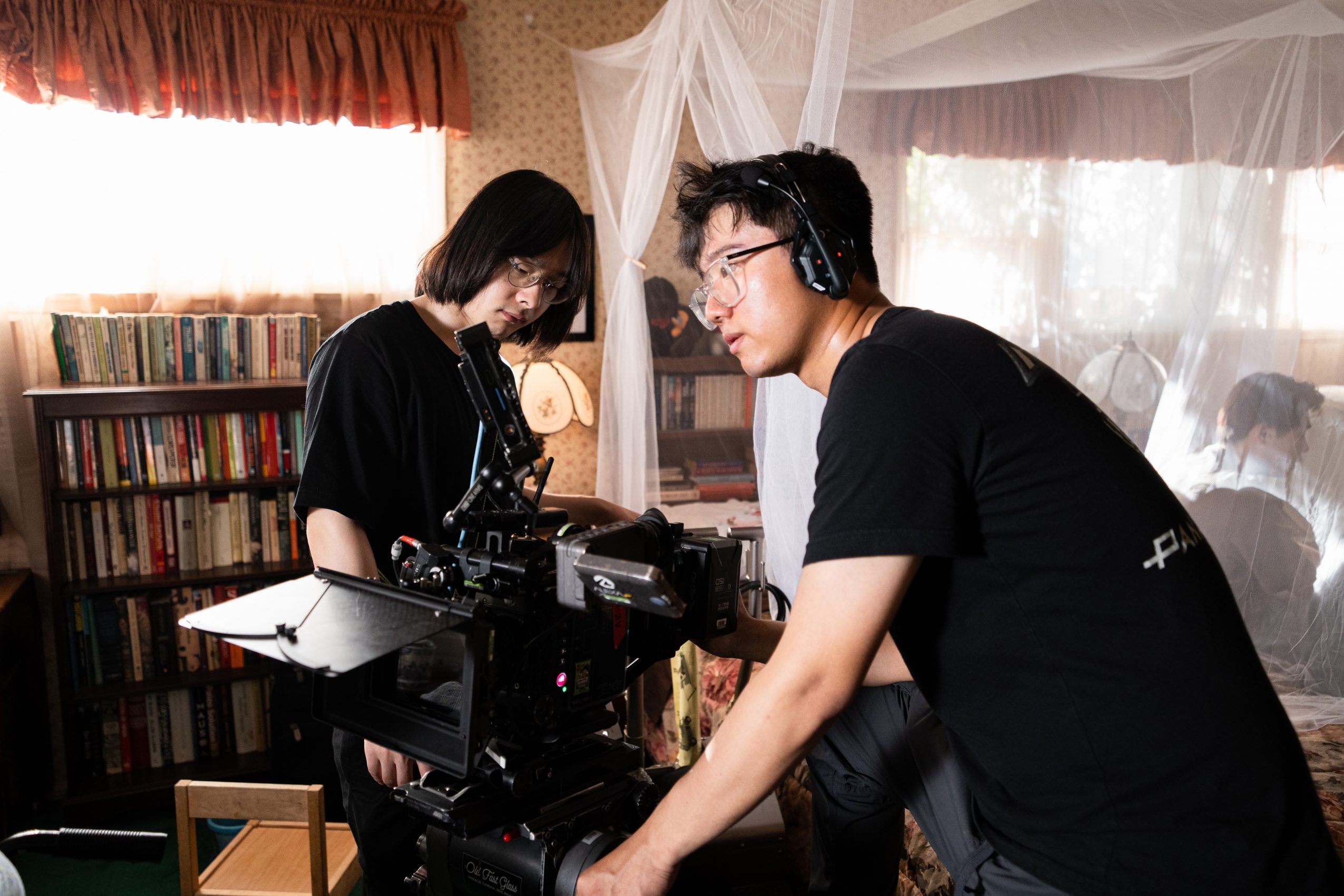
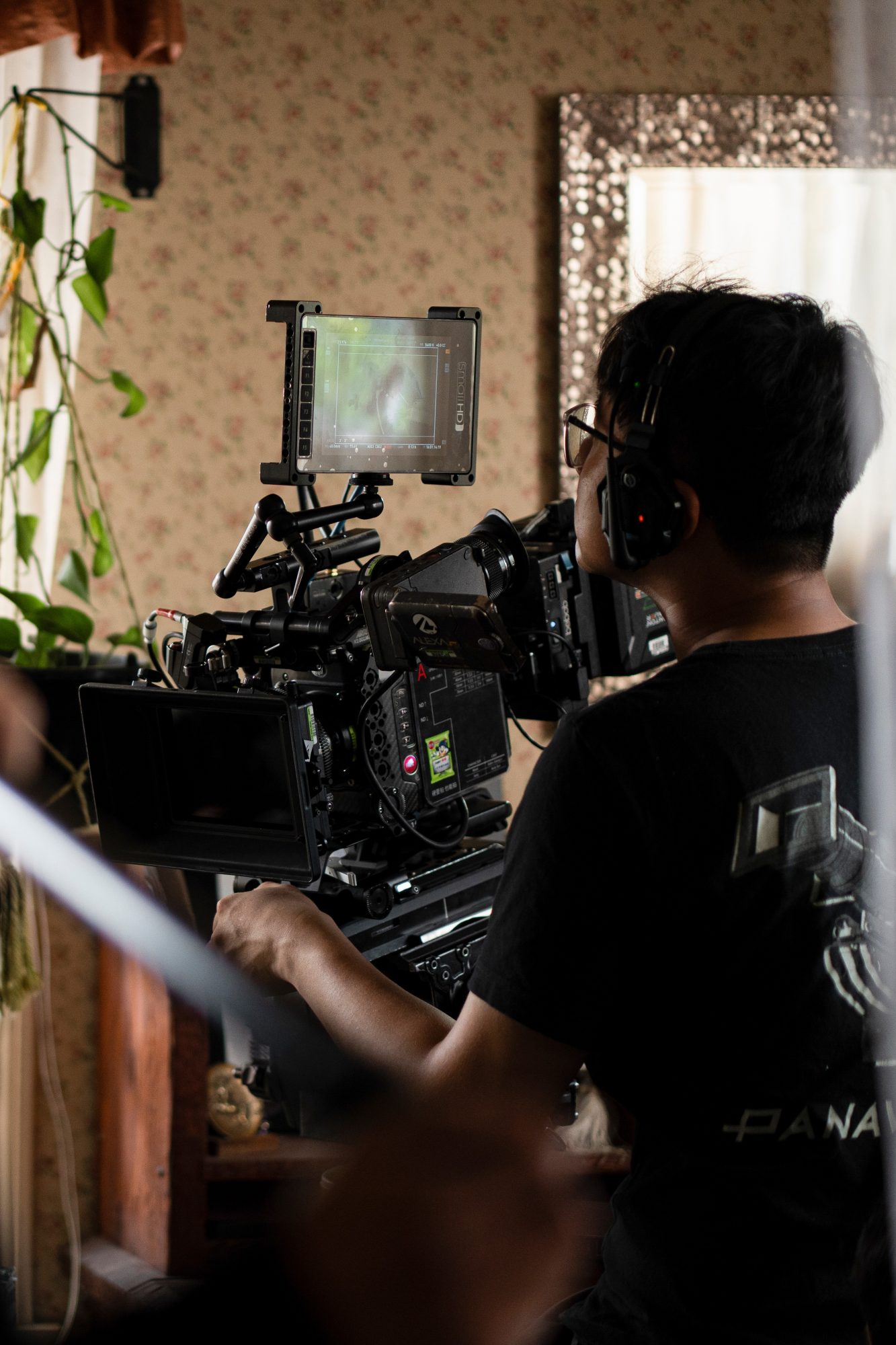
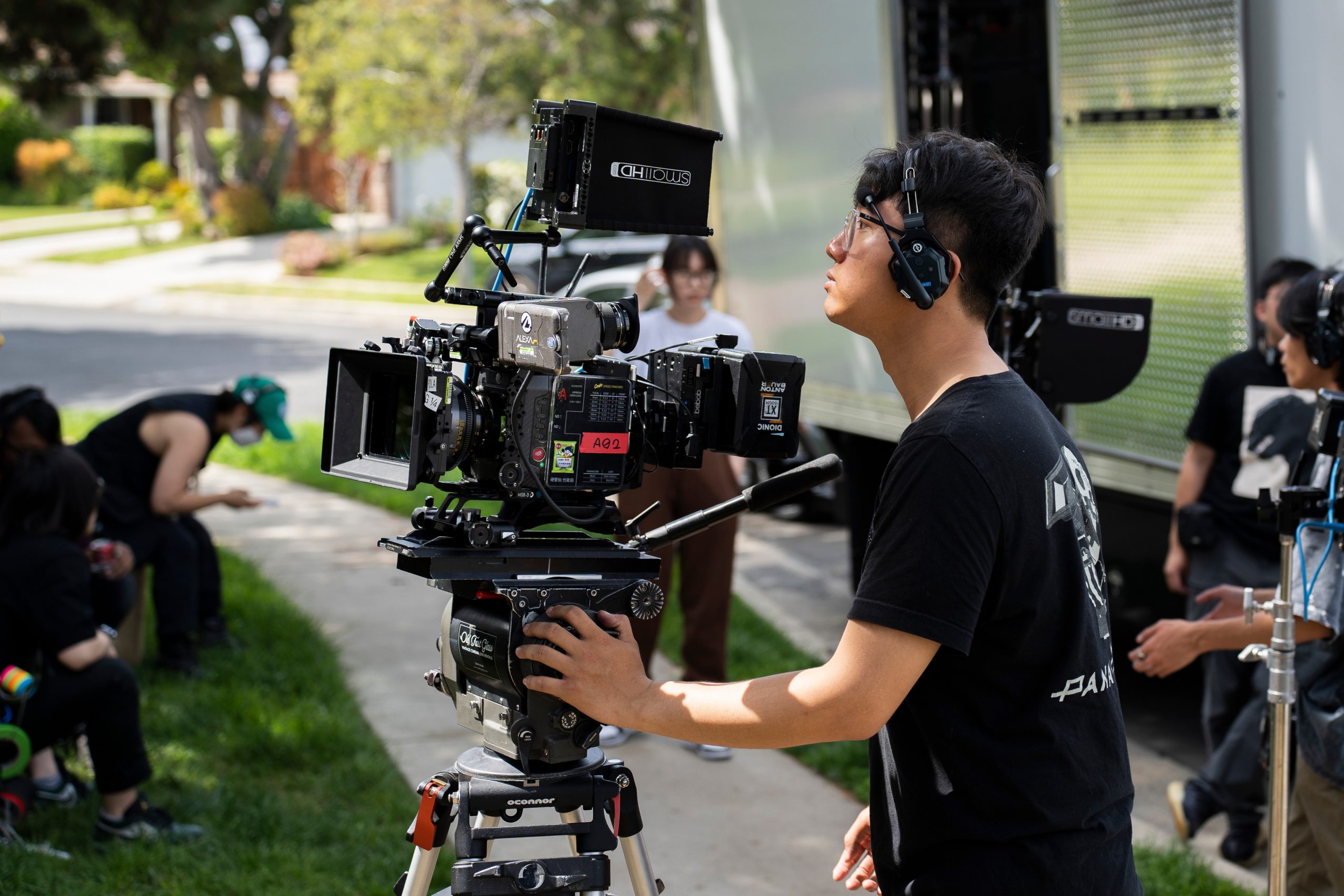
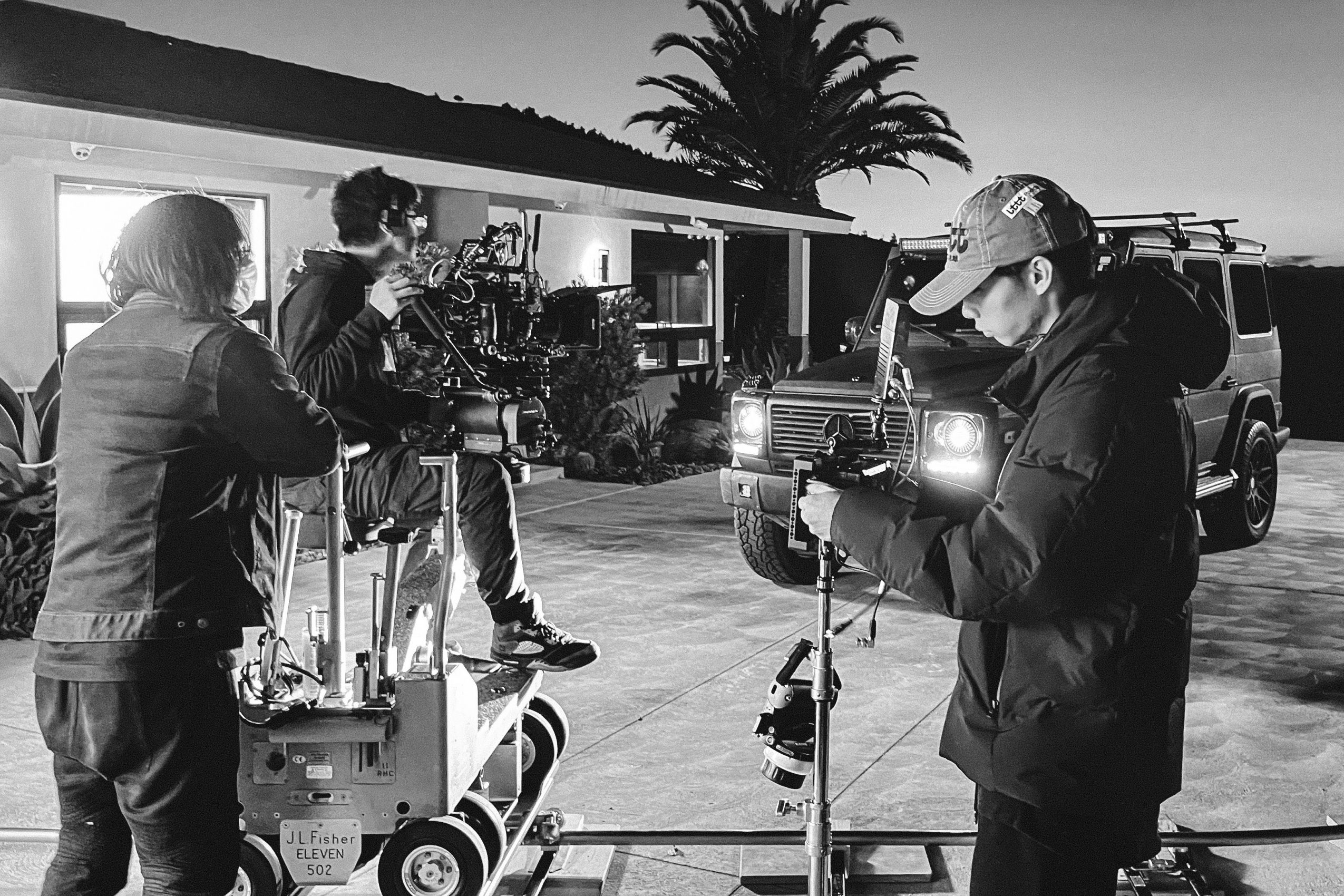 Image Credits
Image Credits
Michael Zhu, Martin Li, Jackie Chen














